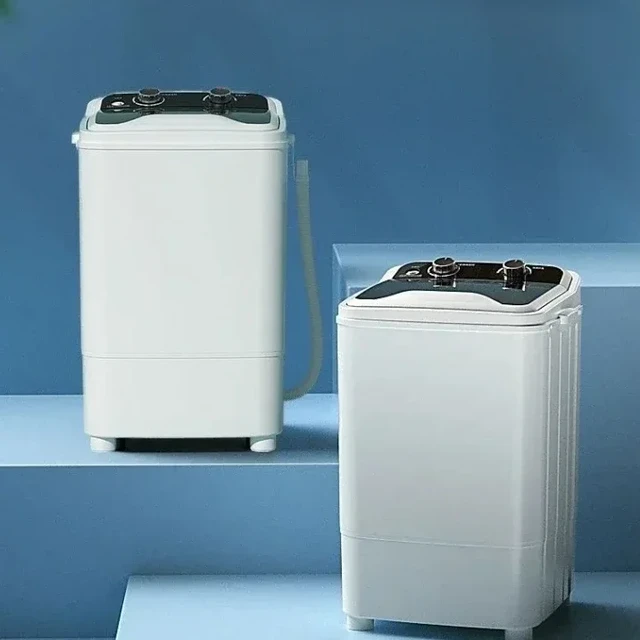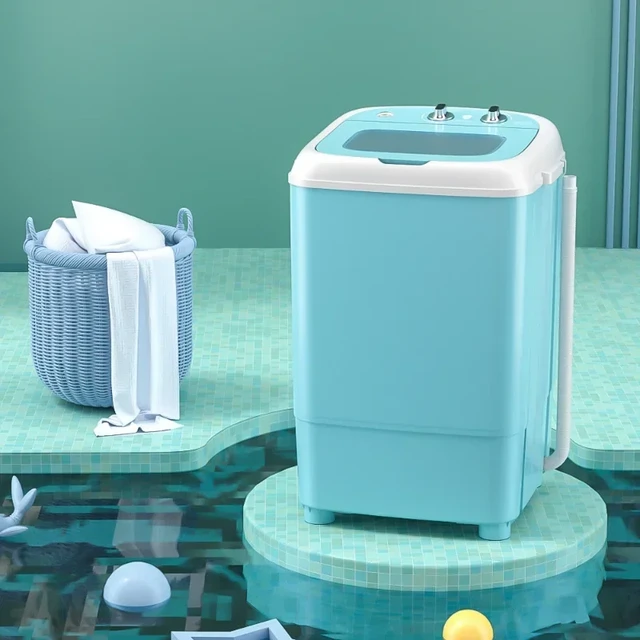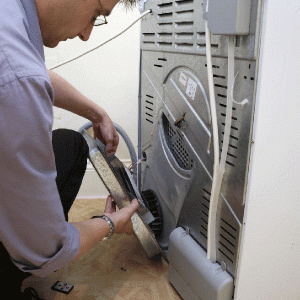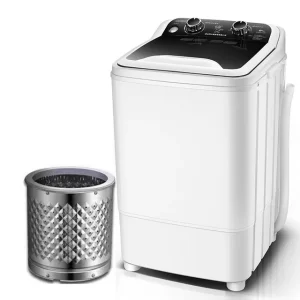How to Remove Stagnant Water Smell from Washing Machine?
A washing machine is an essential appliance in most households, helping us keep our clothes clean and fresh. However, an overlooked issue can arise: a stagnant water smell that seemingly permeates the laundry. This unpleasant odor can be attributed to several factors, including trapped moisture, mold, and mildew, which can accumulate within the machine, especially in front-load washers. In this comprehensive guide, we will explore how to remove stagnant water smell from washing machines effectively.
Understanding the Causes of Stagnant Water Smell
The Role of Moisture
Vapor generated from washing cycles often gets trapped, particularly in front-load washers where water can linger around the door seal and drum. Even after a wash cycle, water can sit in delicate parts of the machine, leading to the growth of foul-smelling bacteria.
Mold and Mildew
When stagnant water is not addressed, it creates an ideal breeding ground for mold and mildew. These fungi thrive in warm, damp environments, and washing machines can be particularly inviting. Once mold begins to grow, it can create a musty odor that often transfers to your washed clothes.
Detergent Residue
Sometimes, using too much detergent can cause a buildup in the washing machine. This residue can trap moisture and lead to odors. Over time, this can contribute to the stagnant water smell, compounding the issue and making it more challenging to eliminate.
Clogged Drainage System
If the drainage system is flawed, it can accumulate water over time. A blocked or partially obstructed drain can hold stagnant water, which produces odors that can permeate not just the machine but your laundry area as well.
Preventing the Smell from Occurring
Regular Cleaning
The first line of defense against stagnant water smell is regular cleaning. Cleaning your washing machine monthly can help mitigate the accumulation of mold, mildew, and detergent buildup.
How to Clean the Washing Machine
- Run a Hot Cycle: Use an empty load with the hottest water setting. This helps to loosen any grime or residues.
- Add Vinegar: Pour two cups of white vinegar into the detergent dispenser and run the hot cycle. The vinegar acts as a natural deodorizer and helps eliminate odors.
- Scrub the Gasket: After the hot cycle, inspect the rubber door gasket. Wipe it down thoroughly with a cloth soaked in vinegar or a bleach solution (one part bleach to ten parts water). This area often hides trapped water and mold.
- Rinse Again: Run a rinse cycle to ensure that all vinegar and debris are washed away.
Leaving the Door Open
Allowing the washing machine door to remain open after use promotes airflow and allows any residual moisture to evaporate. This is especially important for front-load washers, as keeping the door closed can create a humid environment that fosters the growth of mold and mildew.
Using the Right Detergent
Using too much detergent can lead to buildup, which will linger and contribute to odors. Follow the manufacturer’s recommendations for detergent usage to ensure you are not overwhelming your machine.
Steps to Eliminate Existing Odor
At times, preventive measures aren’t enough, and deeper action is required to remove the stagnant water smell from the washing machine.
Step 1: Inspect and Clean the Drain Filter
The drainage filter collects lint, debris, and foreign objects. If it is clogged, it can trap water. Follow these steps:
- Locate the Filter: It is usually at the front or back of the machine, often accessible through a small door.
- Remove Debris: Place a towel beneath the filter to catch any water. Unscrew or pull out the filter and clean any debris.
- Inspect the Drain Hose: Check for kinks or blockages. A clear hose ensures proper drainage.
Step 2: Run a Cleaning Cycle
Most modern washing machines come with a self-cleaning feature. However, if your machine lacks this, you can create a DIY cleaning cycle.
Make Your Cleaning Mixture
- Vinegar and Baking Soda: Pour two cups of white vinegar into the drum, followed by half a cup of baking soda. The combination will fizz and help to break down residue.
Run the Cycle
- Use the Hottest Setting: Select the hottest setting and allow the cycle to run completely. The heat combined with the cleaning agents will work to eliminate any lingering odors.
Step 3: Deep Clean the Machine Components
Sometimes, components like the detergent drawer and the door gasket require a more thorough cleaning.
Cleaning the Detergent Drawer
- Remove the Drawer: Pull it out as far as it goes and then lift it until it releases.
- Soak and Scrub: Soak the drawer in warm soapy water and scrub any soap scum with a toothbrush or cloth.
- Dry Completely: Make sure to dry the drawer completely before reinserting it.
Scrubbing the Rubber Seal
- Use a Cloth: Moisten a cloth with a solution of vinegar and water and wipe the rubber seal around the door.
- Focus on Crevices: Pay special attention to any crevices where water might accumulate.
Step 4: Address the Drainage System
If the smell persists after cleaning the machine itself, the drainage system may require attention.
Clear Blockages
- Inspect the Drain Hose: Detach the hose from the machine and inspect for any blockages. Use a flexible brush or pipe cleaner to clear it.
- Flush the System: Have a bucket ready as you run water through the hose to flush any lingering debris.
Step 5: Use Odor Absorbers
After cleaning, introducing odor absorbers can help alleviate any residual smells.
Activated Charcoal
- Place Pouches: Place activated charcoal pouches inside the washing machine when not in use. This material is widely known for its ability to absorb odors.
Baking Soda
- Keep in Drawer: Leave an open box of baking soda in the detergent drawer to continuously absorb any residual odors.
Regular Maintenance
To prevent any recurrence of stagnant water smell, establish a routine maintenance schedule.
Monthly Cleaning
- Create a Calendar Reminder: Set a reminder to clean your washing machine at least once a month.
- Rotate Flushing Steps: Alternate between vinegar, baking soda, and other cleaning agents to keep things fresh and effective.
Professional Inspection
If the problem persists, it may be time to call in an expert. In some cases, mechanical issues or improper drainage designs could be at play.
When to Call for Help
- Persistent Smell: Continuing odor despite cleaning efforts.
- Visible Residues: Large amounts of visible residue within components.
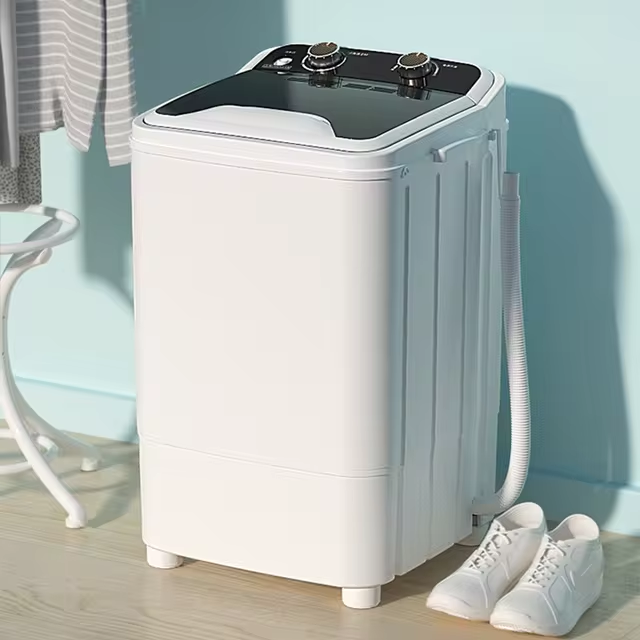 Maintaining a Fresh-Smelling Laundry Area
Maintaining a Fresh-Smelling Laundry Area
The laundry room can also harbor residual odors that affect your washing machine. To ensure the entire area is fresh:
Ventilation
Ensure proper ventilation in the laundry room. Use a dehumidifier if necessary to keep humidity levels down.
Regular Cleaning
Similar to the washing machine, regularly clean surfaces in the laundry area to prevent buildup that could lead to unwanted odors.
Air Fresheners
Consider florals or essential oils in the area to maintain a pleasant environment. Keeping it smelling good can detract from any scents that accumulate over time.
Conclusion
How to remove stagnant water smell from washing machine
Learning how to remove stagnant water smell from the washing machine can save you from unpleasant laundry experiences and ensure that your clothes come out fresh each time. Through regular cleaning, proper maintenance, and addressing moisture accumulation, you can effectively combat odors and extend the life of your machine. Remember, prevention is often easier than remediation, so make the effort to foster a clean washing environment. With a little diligence, your washing machine and laundry area will remain odor-free and welcoming!
